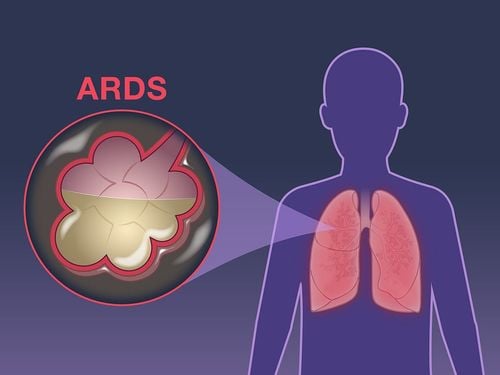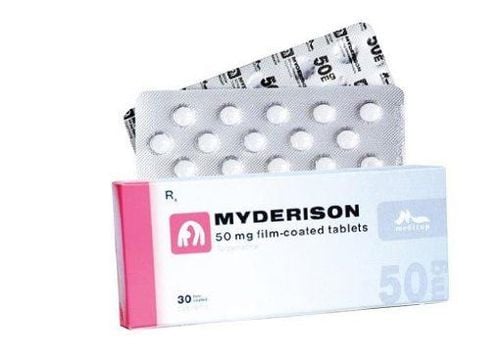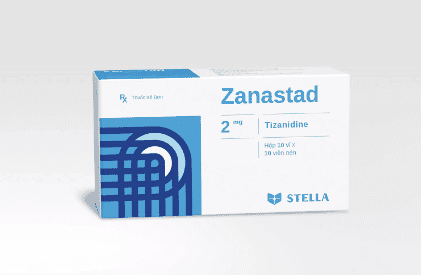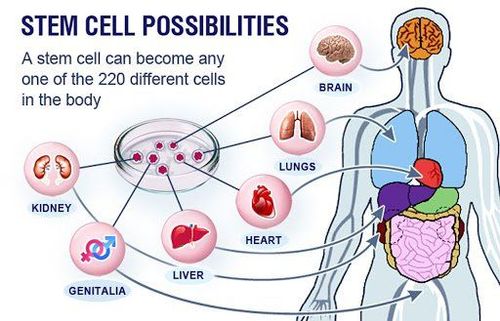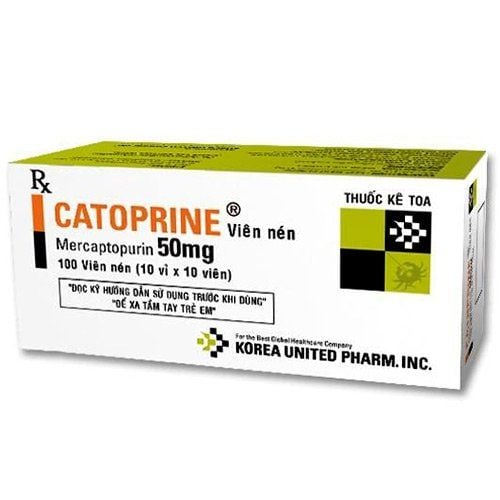This is an automatically translated article.
Article by Prof. Dr. Nguyen Thanh Liem - Director of Vinmec Institute of Stem Cell Research & Gene Technology
Lupus erythematosus is an autoimmune disease in which the body produces antibodies against itself. The most recognizable manifestations are in the skin and joints. However, all other organs such as kidneys, heart, lungs, nerves... can be affected. Currently, a number of countries around the world have implemented treatment for this disease with stem cells.
Current treatment methods are mainly immunosuppressive drugs, pain relievers, kidney transplantation if there is end-stage renal failure. The above treatments have reduced mortality in patients with lupus erythematosus, but many patients still do not respond to drug therapy. The stem cell transplant method being tested has shown positive results in the treatment of this disease.
There are 2 methods of stem cell transplantation to treat lupus erythematosus:
1. Hematopoietic stem cell transplant
Hematopoietic stem cells are collected from the patient's peripheral blood. Then, the patient is given drugs that suppress the immune system so that it is no longer able to make harmful antibodies. After this period, the patient is given back his or her stored stem cells. Transfused blood cells travel to the bone marrow, grow, and build a new immune system.
This method has a high success rate, but the cost is expensive and the risk is also quite high because there is a period when the body has no resistance. The results of the study by Burst et al showed that the mortality rate was 2%, 84% of patients lived after 5 years of which 50% of patients were no longer symptomatic (Hematopoietic Stem Cell Transplantation for Severe and Refractory Lupus. Analysis). After Five Years and Fifteen Patients Arthritis Rheum, 46 (11), 2917-23 Nov 2002.
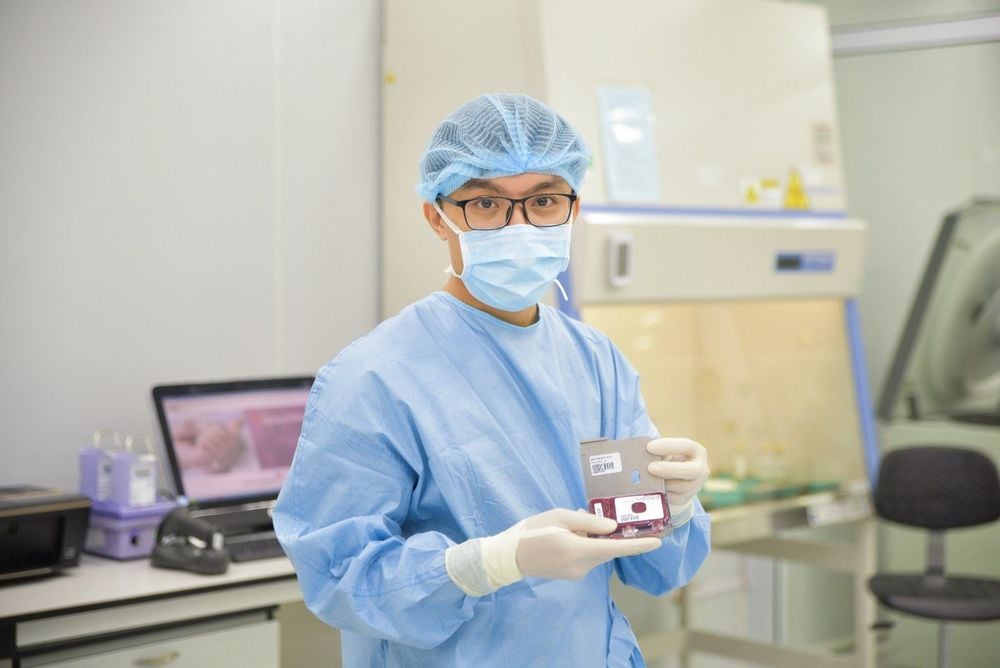
Phương pháp tế bào gốc tạo máu
2. Allogeneic mesenchymal stem cell transplantation
This method uses mesenchymal stem cells from the umbilical cord or other sources from the bank to be infused into the patient. This method has a lower success rate but almost no risk. The study of Wang et al showed that the 5-year survival rate was 84%, of which 27% were asymptomatic, 7% had partial remission (A Long-Term Follow-Up Study of Allogeneic Mesenchymal Stem /Stromal Cell Transplantation in Patients With Drug-Resistant Systemic Lupus Erythematosus Stem Cell Reports, 10 (3), 933-941, 2018).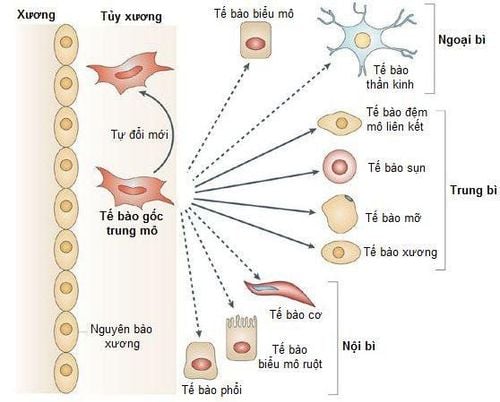
Phương pháp tế bào gốc trung mô
Currently, both methods of stem cell transplantation can be performed in Vietnam. After the success of the first stem cell transplants to treat multiple sclerosis - an autoimmune disease, Vinmec is continuing to research a stem cell transplant to treat lupus erythematosus in the near future.





